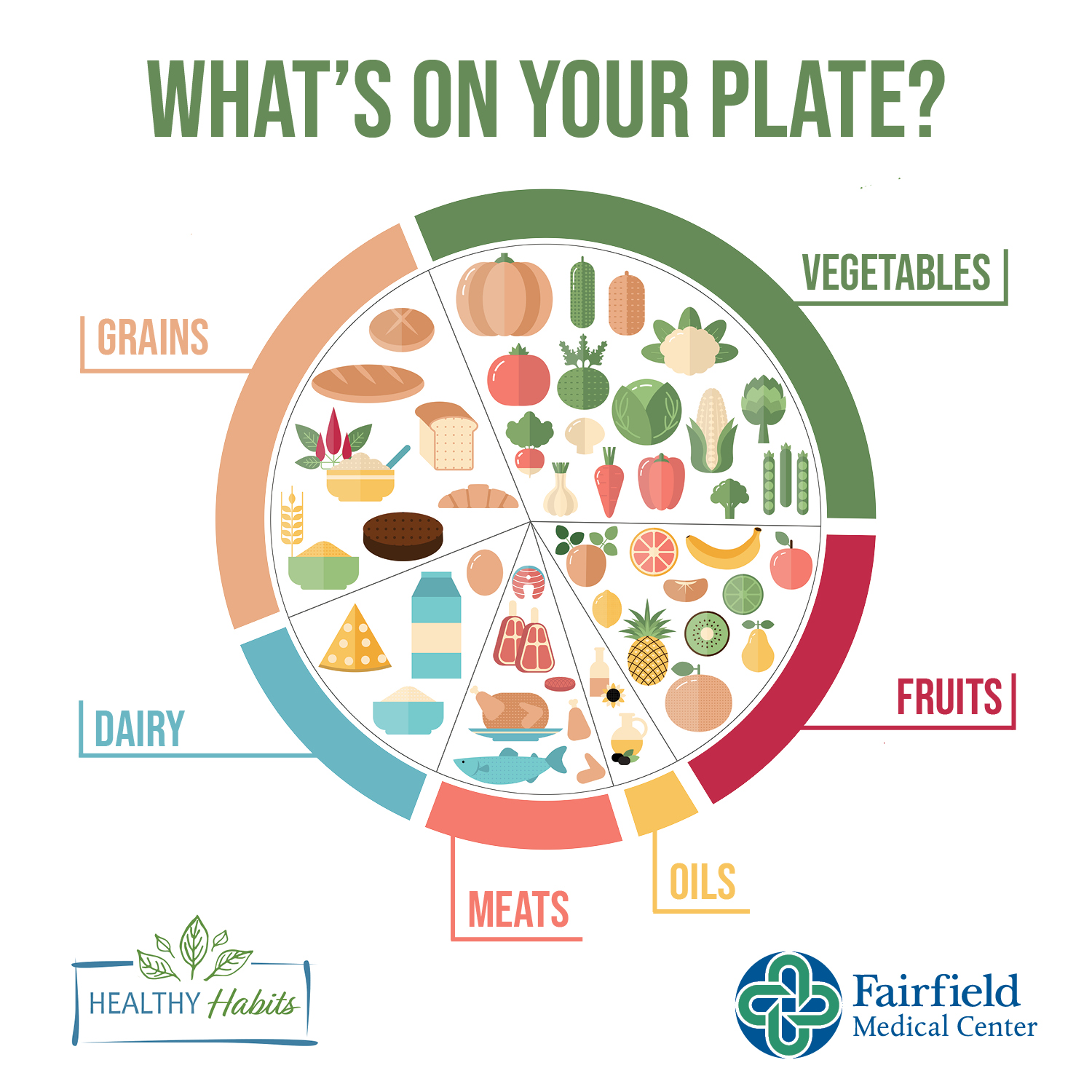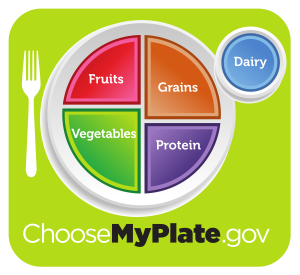 At every life stage, our diet is vital to our overall health and well-being. A healthy diet can lower the risk of cardiovascular disease, diabetes and types of cancer such as breast and colorectal. It can also increase bone health and muscle strength, and help you lose weight. Having a healthy dietary pattern doesn’t just happen overnight – it takes dedication to achieve and maintain.
At every life stage, our diet is vital to our overall health and well-being. A healthy diet can lower the risk of cardiovascular disease, diabetes and types of cancer such as breast and colorectal. It can also increase bone health and muscle strength, and help you lose weight. Having a healthy dietary pattern doesn’t just happen overnight – it takes dedication to achieve and maintain.
The best way to get started is to develop a plan and understanding of what you should be consuming during the day. You should focus primarily on nutrient-dense foods and beverages that provide vitamins, minerals and have little added sugars, sodium and saturated fat. The core elements outlined by the USDA that make up a healthy dietary plan include:
- Vegetables of all types — Try to eat the rainbow: red, orange, the darker green, the better. You can also include beans, peas, and lentils; starchy vegetables and other vegetables.
- Fresh fruit — Focus on whole fruits. These can be eaten alone or incorporated into cereals, salads, salsas and more.
- Grains— Aim for at least half of your grains being whole grains.
- Dairy— Move toward fat-free or low-fat milk, yogurt, and cheese, and/or lactose-free versions and fortified soy beverages and yogurt as alternatives.
- Protein foods— The best options include lean meats, poultry, and eggs; seafood; beans, peas, and lentils; and nuts, seeds, and soy products. Be sure to vary your sources and change up the type of proteins you eat at each meal.
- Oils — Choose vegetable oils for cooking and look for naturally-occurring oils in food, such as fatty fish and nuts. These sources are generally a healthier option, as they are higher in unsaturated fats.
Remember that your daily calorie allowance does not allow much wiggle room for additional and unneeded sugars, sodium, saturated fat, or alcohol. Try your best to limit excess chocolate, potato chips, carbonated beverages, juices or alcohol. It may come as a surprise that even canned fruit and vegetables have some added sugars or sodium. Try to purchase fresh fruits and vegetables to receive the maximum benefits.

To learn what the right amounts of food are for you, utilize the personalized MyPlate Plan. This tool will show you what and how much to eat in your calorie allowance, which is based on your gender, height, weight, age and physical activity.
Do you need help creating a nutrition plan?
These recommendations are guidelines and you should always talk with your healthcare provider or a registered dietitian if you want to improve their health and chronic disease risk factors through good food and lifestyle choices. A registered dietitian can put you on the path to achieve a healthy weight, assist in disease management and empower you to make healthy food choices. Registered dietitians also can teach you about meal planning, grocery shopping on a budget and reading labels. The registered dietitians at Fairfield Medical Center will work with you to set realistic goals to improve your health. Click here to learn more about Nutrition Therapy at Fairfield Medical Center.